Introduce children to the fantastic range of wildlife living in our oceans with these brilliant books.
Discover the beauty of the Great Barrier Reef or islands around the world, and how marine animals are adapted to living their watery lives.
Where known, we've included the age range that the book is suitable for, and we've also included a double-page spread from inside the book too.
Earth's Incredible Oceans
By Jess French, illustrated by Clare McElfatrick. Published by Dorling Kindersley. Age range: 7-9 years
- Buy now from Amazon

A sign of a really informative children’s book is when the parents learn something new too; in this book, the caption ‘Moon Jellyfish can get younger as well as older’ had this parent searching the web for background reading!
Earth’s Incredible Oceans is attractively laid out, each page filled with an ocean scene packed with a mix of photographs, illustrations, and short interesting facts. The target audience of 7- to 9-year-olds will enjoy the easy-to-read and fascinating captions, but the engaging illustrations will draw in children of all ages, so it also works as a picture book for younger children.
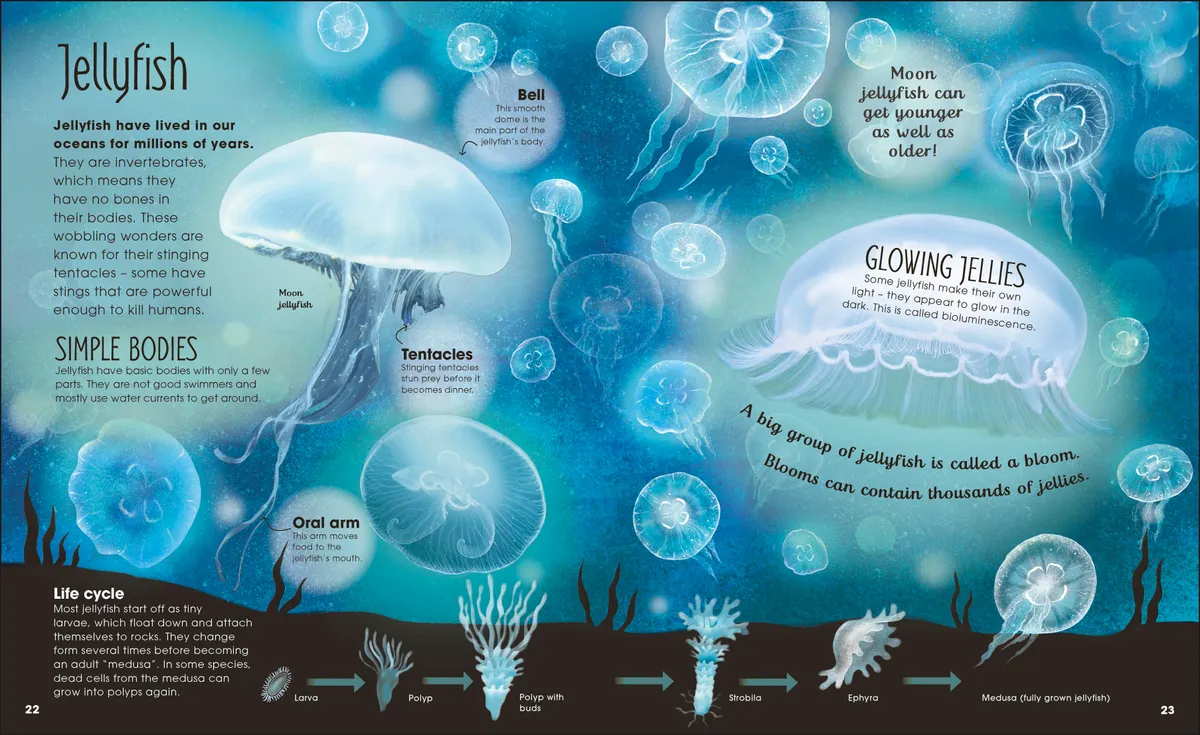
In our family, it prompted discussions on such absorbing topics as ‘do starfish die if they freeze in a brinicle?’ and ‘what happens if you dig down beneath the seabed?’. The book covers animals, habitats, ocean geography and ecological concepts such as food webs, making it a genuinely educational resource.
Reviewed by Kate Risely, ornithologist
The Great Barrier Reef
By Helen Scales, illustrated by Lisk Feng. Published by Flying Eye Books. Age range: 5-7 years
- Buy now from Amazon

One of the planet’s greatest natural wonders twinkles and beguiles in this charming book – the first for young readers by Scales, a regular BBC Wildlife contributor. Like all the best children’s illustrated non-fiction, there is enough here to interest and surprise grown-ups too, but never at the expense of concision or clarity.
In 40 perfectly paced spreads, we learn about the reef’s natural and human history, including its importance (often overlooked) in the culture of Aborigines and Torres Strait Islanders, and pick up tidbits about reef exploration and science. Conservation messages are necessarily powerful, without being overwhelming.
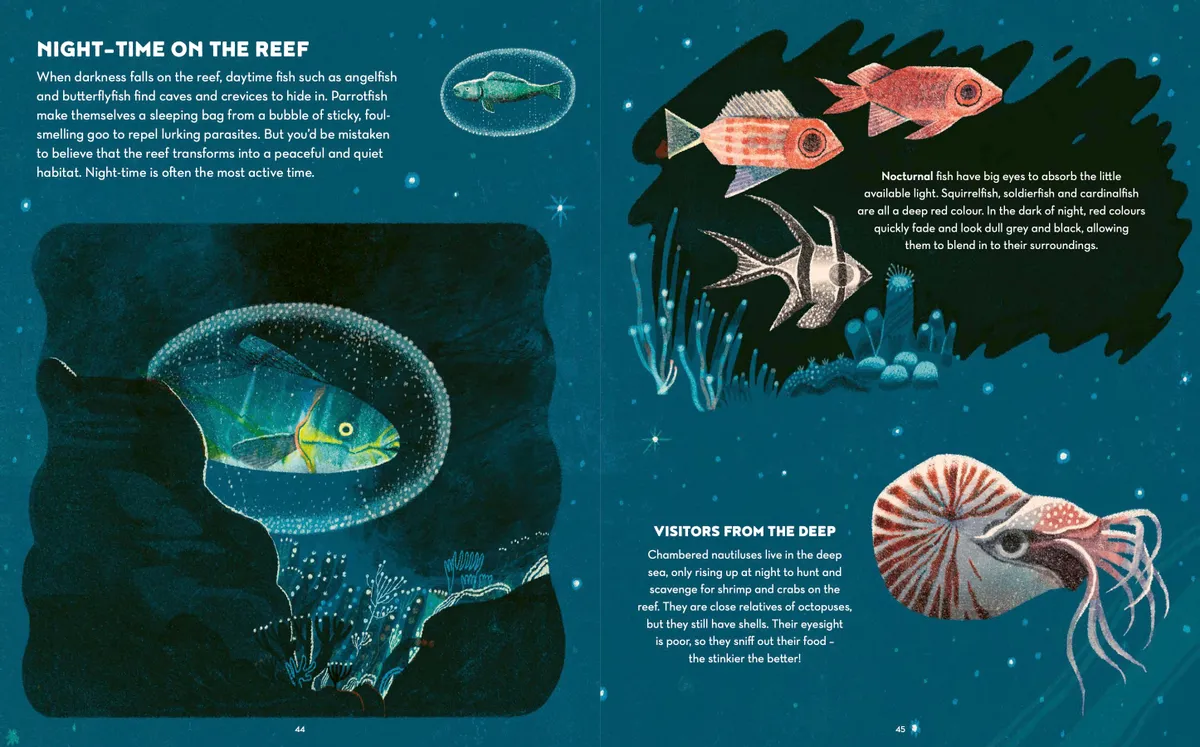
Scales uses just the right amount of chattiness and wordplay, while Feng’s award-winning artwork reveals secrets from the underwater world, such as a parrotfish tucked into its mucus sleeping bag, or a spawning reef that shimmers like a snow globe.
Reviewed by Ben Hoare, editorial consultant, BBC Wildlife Magazine
Water World
By Ben Rothery. Published by Penguin Random House Children's UK. Age range: 4 years and above
- Buy now from Amazon
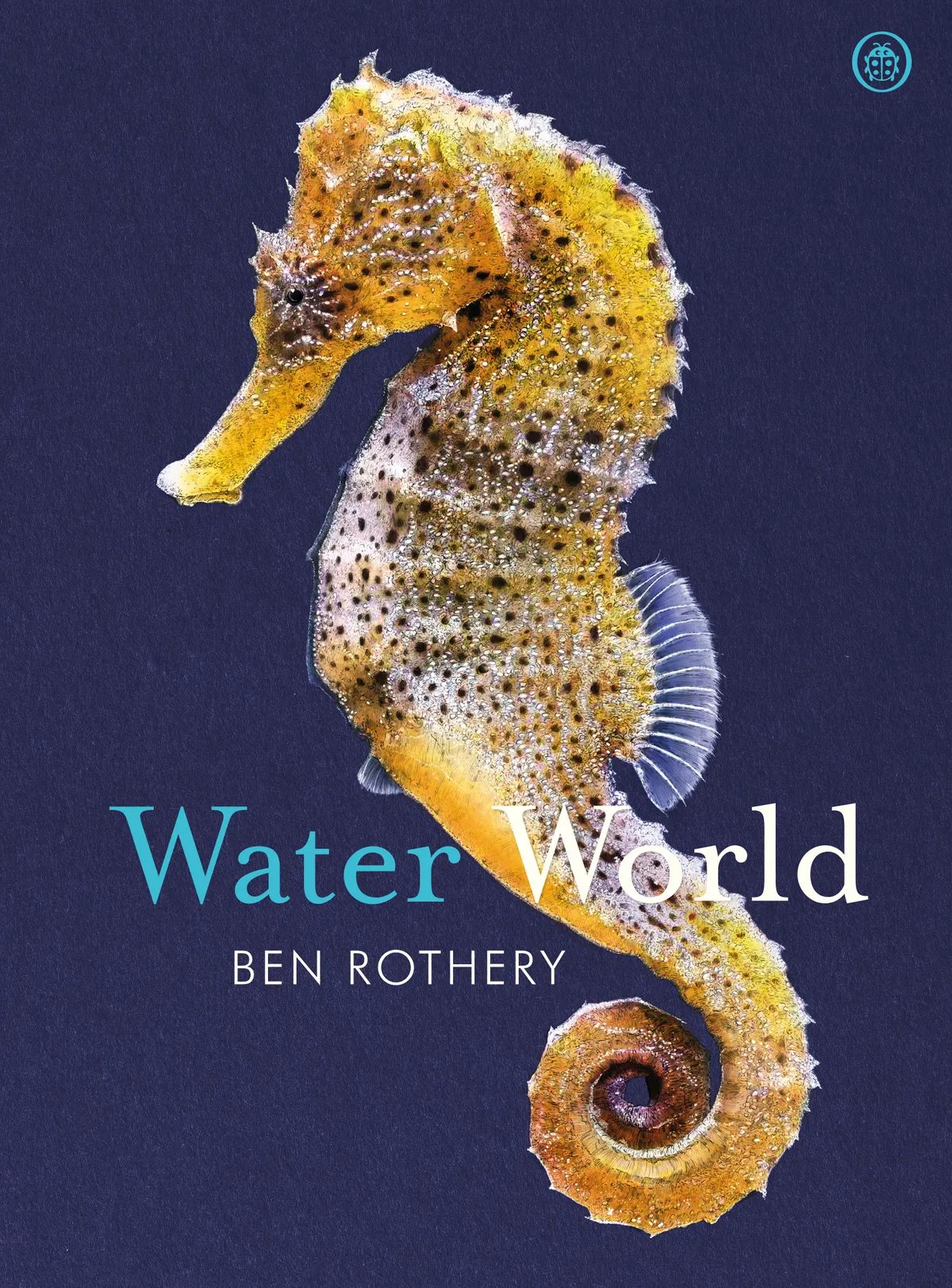
This is clearly a personal book for author and illustrator Ben Rothery. The introduction and conclusion, a letter to the reader, connect our oceans with human life and play on the strong emotional and physical relationship between ourselves and life under the sea. The letter is a call to arms and a stark reminder of the fragility of oceans, balanced with hope, campaigning and empowerment.
The illustrations lift the book to another level, being beautifully drawn, striking and capturing some more unusual species, like whale lice and mangrove horseshoe crabs, balancing the spectacular with the more obscure. The text that accompanies them is informative.
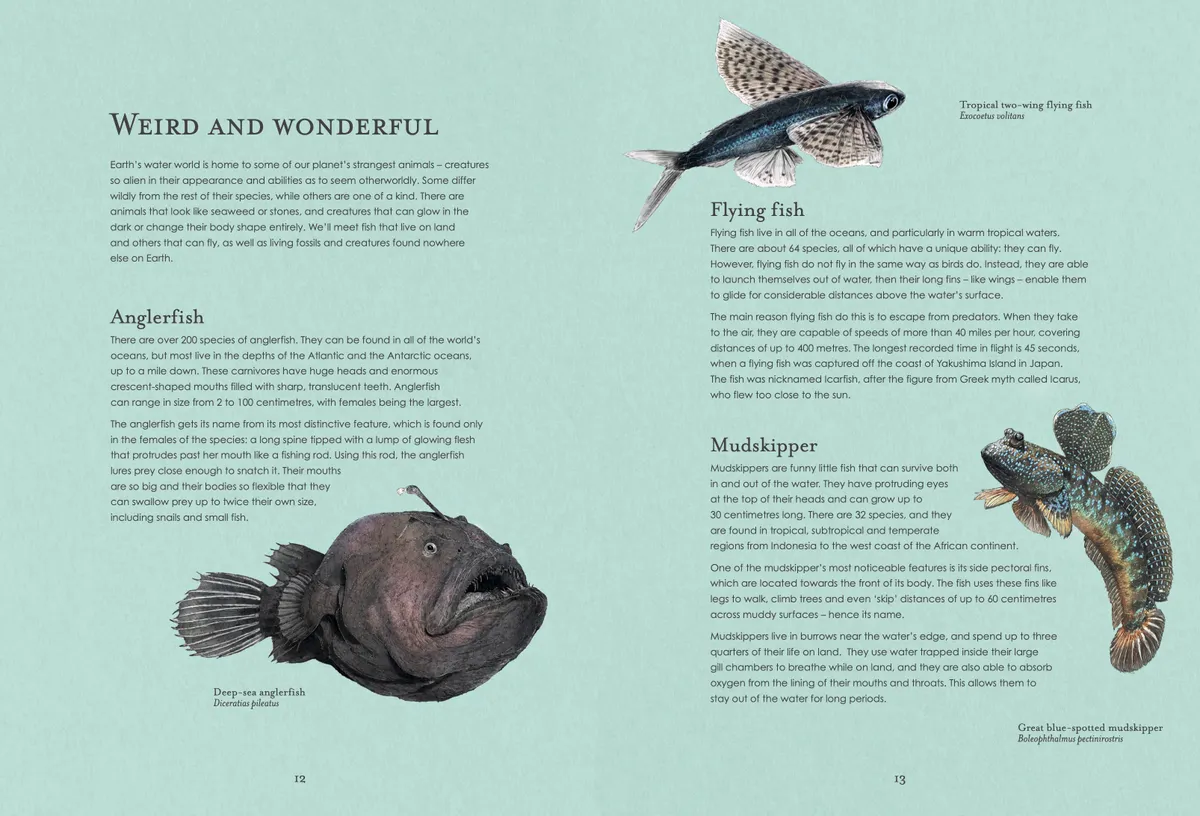
At times the structure feels a little random; including wolves and tigers alongside mudskippers for example. Overall, this is a great book for kids interested in marine life, offering a solid introduction to the biology of the sea and how people can take action to save it.
Reviewed by Lucy McRobert, nature writer
Creature Features: Oceans
By Natasha Durley. Published by Big Picture Press. Age range: 5 and up
- Buy now from Amazon
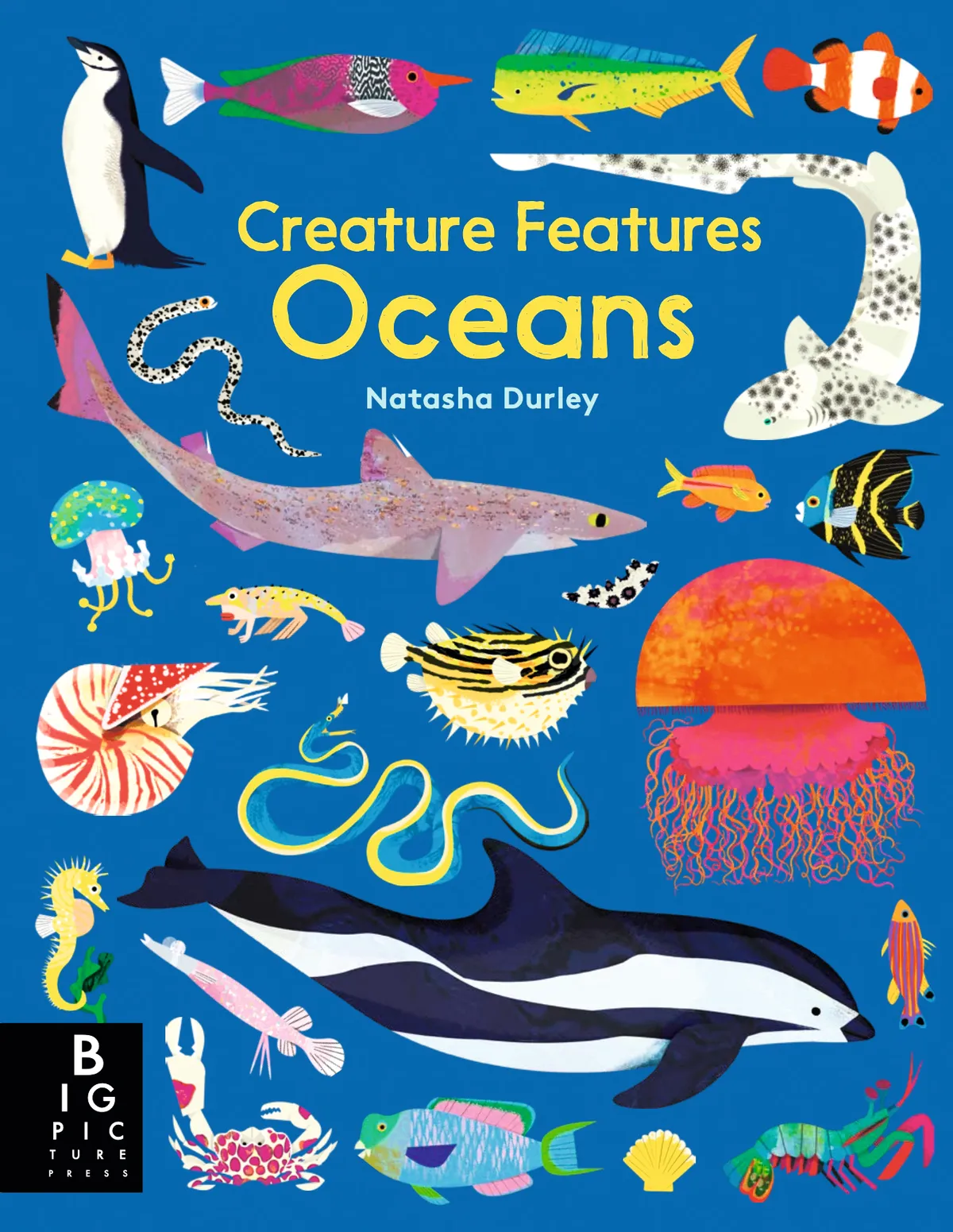
Fans of Natasha Durley’s previous two Creature Features books will be pleased by this marine addition to the series. As before, each page groups together amazing creatures from around the world that all share a common body part or pattern. It’s beautifully illustrated with bold and bright artwork, particularly the spread celebrating the black-and-white species against a fantastically pink background – sunglasses may be required!
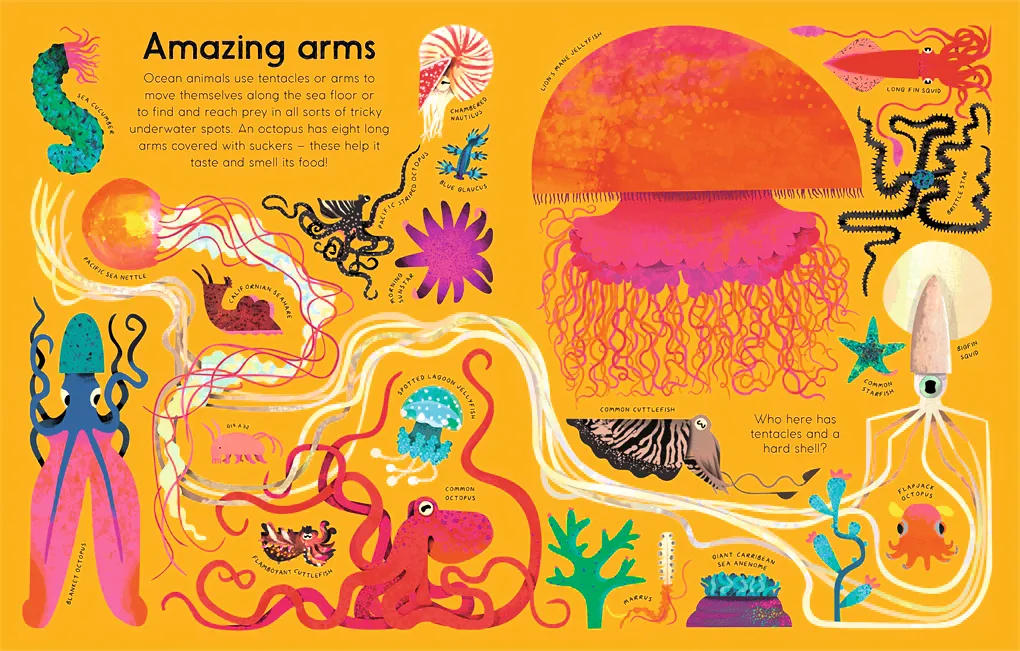
Whether you adore dolphins, sharks or whales, or perhaps even the smaller creatures, such as hermit crabs or anemones, there’s something for everyone. It’s a wonderful book to flick through briefly or to pore over in depth – I seemed to notice something new each time I picked it up!
Reviewed by Megan Shersby, editorial and digital co-ordinator, BBC Wildlife
Amazing Islands: 100 Places that will Boggle Your Mind
By Sabrina Weiss, illustrated by Kerry Hynman. Published by What On Earth Books.
- Buy now from Amazon
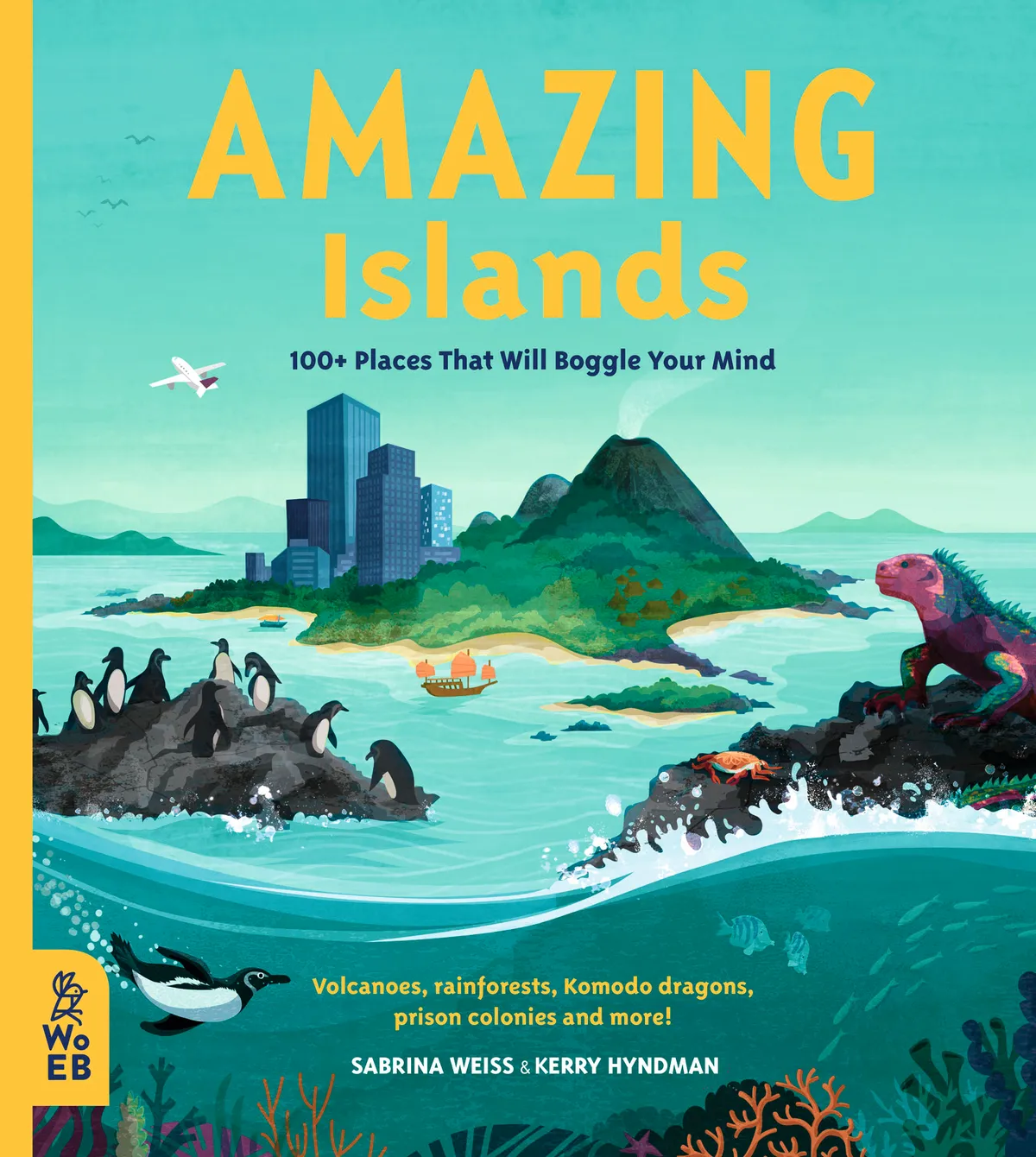
The eruption in 2014 of an underwater volcano in the South Pacific gave birth to the island of Hunga Tonga-Hunga Ha’apai, one of the world’s newest islands. And while scientists expected it to be washed away within months, today, it is reported to be home to flowering plants and even burrowing owls. In 2018, Hurricane Walaka washed away the whole of Hawaii’s East Island, home to Hawaiian monk seals and green sea turtles.
As a reminder of the impermanence of everything we take as stable, Amazing Islands is aptly named. Beautifully illustrated, this isn’t a natural history so much as a look at islands of every kind – from the unique wildlife on Madagascar to the culture of island nations. Along the way, we explore the geological wonders and artificial islands.
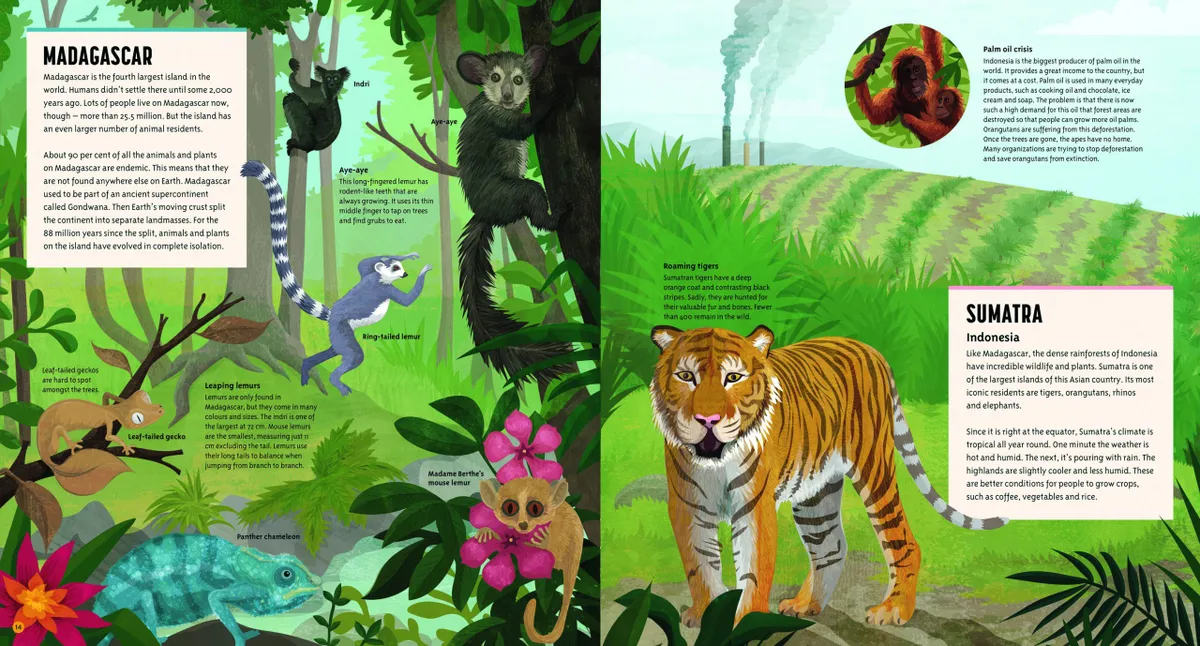
There’s no great depth to any one subject but, as an overview, Amazing Islands is more than enough to whet the appetite for discovery.
Reviewed by Paul McGuinness, editor, BBC Wildlife
The Sea: Exploring our blue planet
By Miranda Krestovnikoff, illustrated by Jill Calder. Published by Bloomsbury. Age range: 7-12 years
- Buy now from Amazon
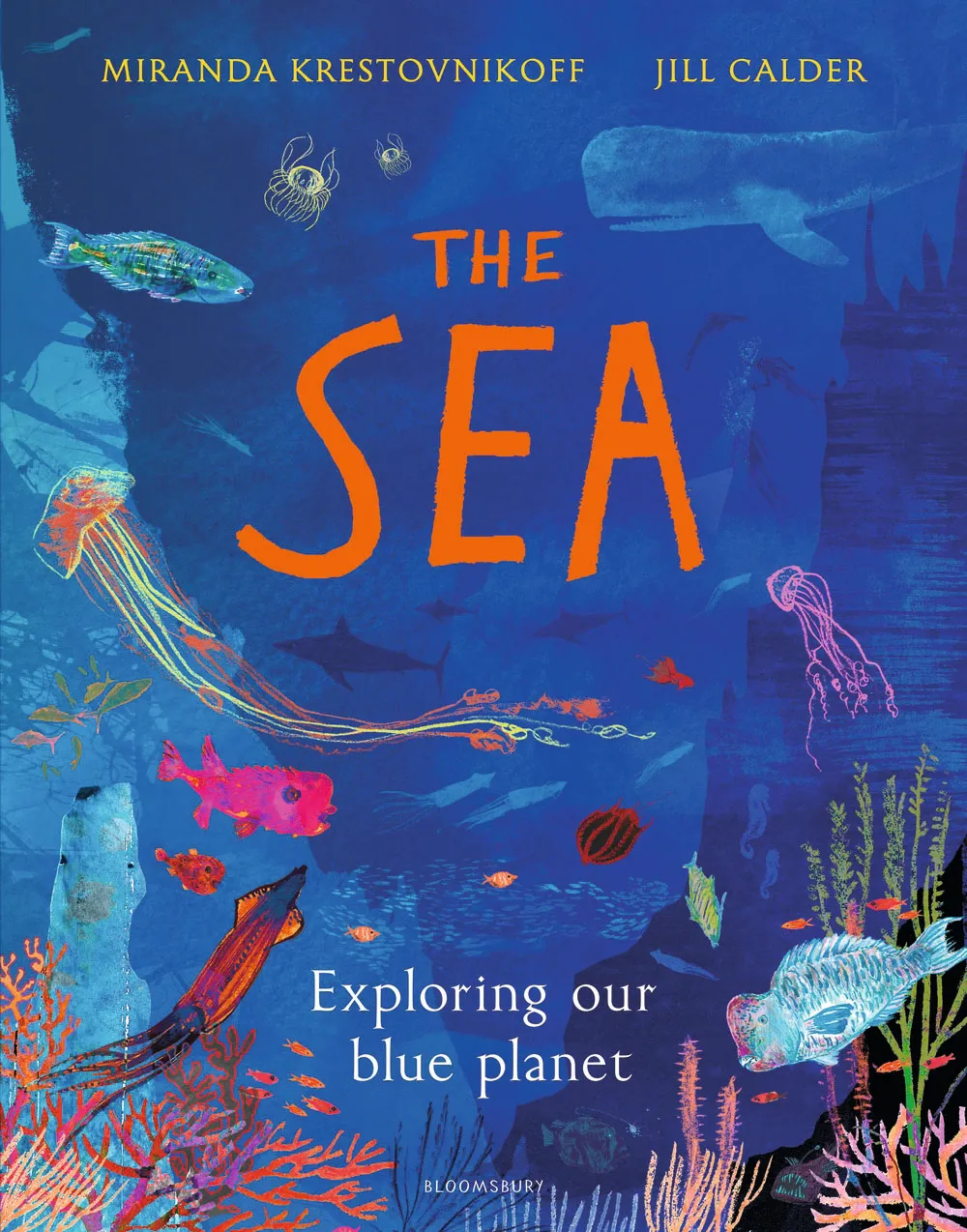
‘It’s your work, Mummy, why do you want me to do it?’ My son just turned eight and is getting wise. He took some persuading when I asked him to co-review this colourful compendium. I lured him by suggesting that the author, the naturalist and TV presenter Miranda Krestovnikoff, is part zoologist, part-mermaid.
The book did the rest. There’s a beautiful balance of words and art – we loved the variety and authenticity of colours in Jill Calder’s habitat illustrations – you can almost hear the breeze on the clifftops, inhale the weirdly pleasing stink of saltmarsh, feel sundried salt crusting on your skin.
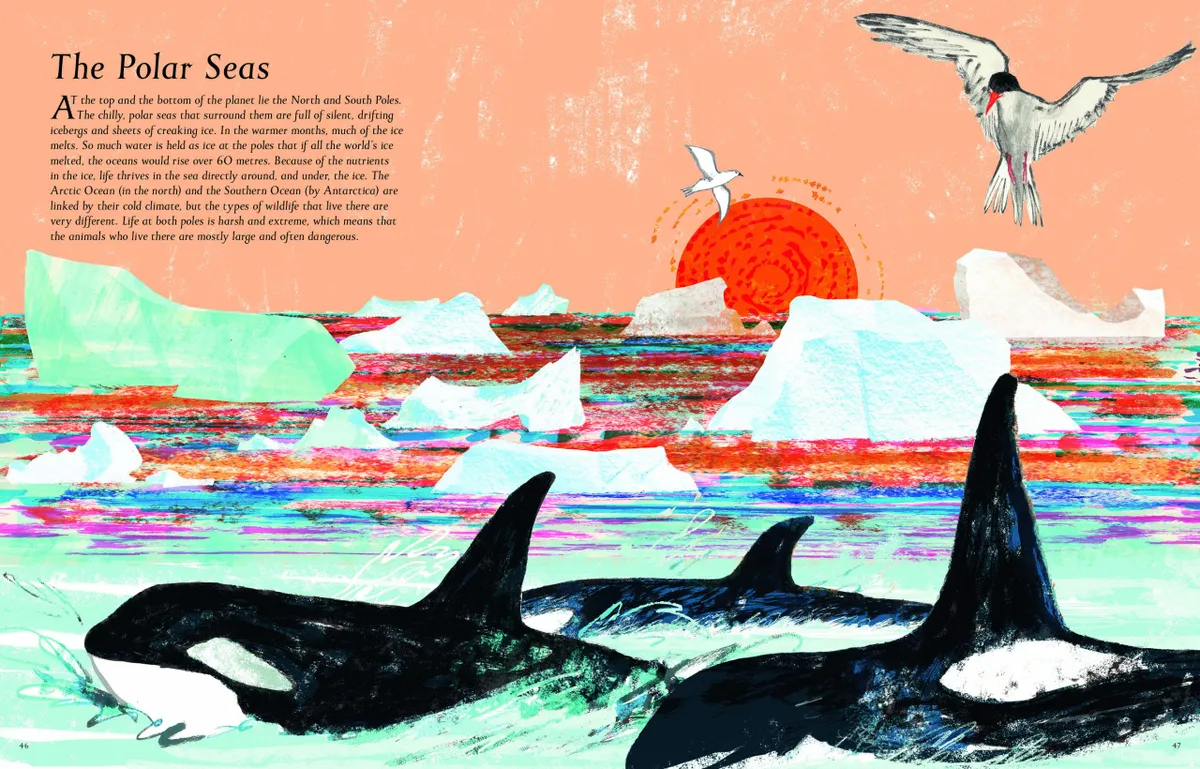
The text is authoritative, accessible and respectful (no ‘killer sharks’ or ‘cute dolphins’). The final spread on ocean plastic is timely but felt a bit of a bolt-on to a book that is otherwise celebratory, with other conservation issues not getting comparable treatment.
Read our Wildlife Champion interview with Miranda Krestovnikoff, where she explains why loves grey seals.
Reviewed by Amy-Jane Beer, wildlife writer
The Sea Book: Meet the marvellous creatures living in our oceans
By Charlotte Milner. Published by DK. Age range: 5-9 years
- Buy now from Amazon
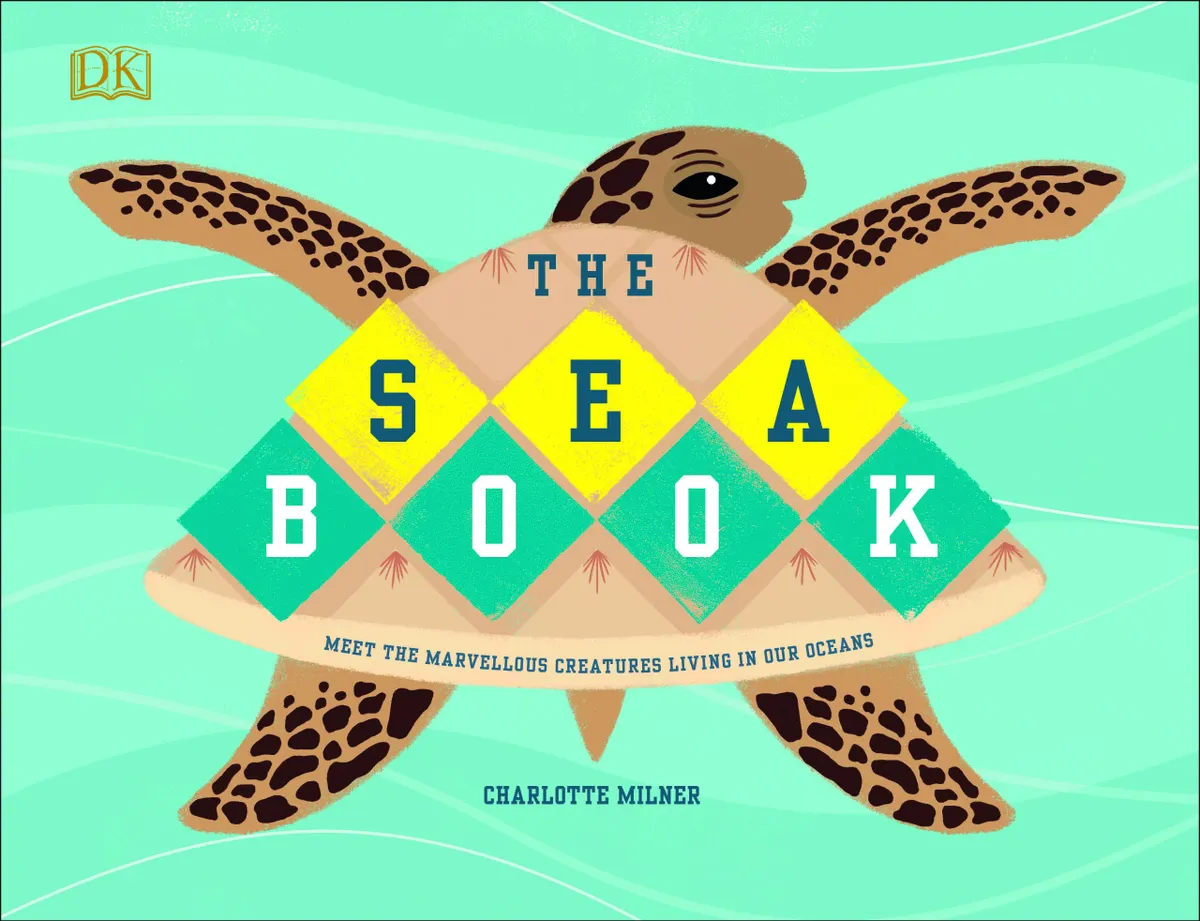
I suspect Charlotte Milner is a fan of Octonauts. The BBC animated TV series, which has ‘edutained’ a generation of youngsters on the subject of marine biology, is echoed in both the artwork and text of The Sea Book. I couldn’t help hearing the voice of Shellington, the Octonaut’s scientific sea otter, when I read this book.
That’s not a criticism. Like Octonauts, The Sea Book places the planet’s oceanic zoological wonders in a wider ecology of food webs, ecosystems and planetary processes. Environmental concerns are raised, but without scaring the living daylights out of any children, or their parents. It is a masterful execution of Albert Einstein’s dictum that everything should be made as simple as possible, but no simpler.
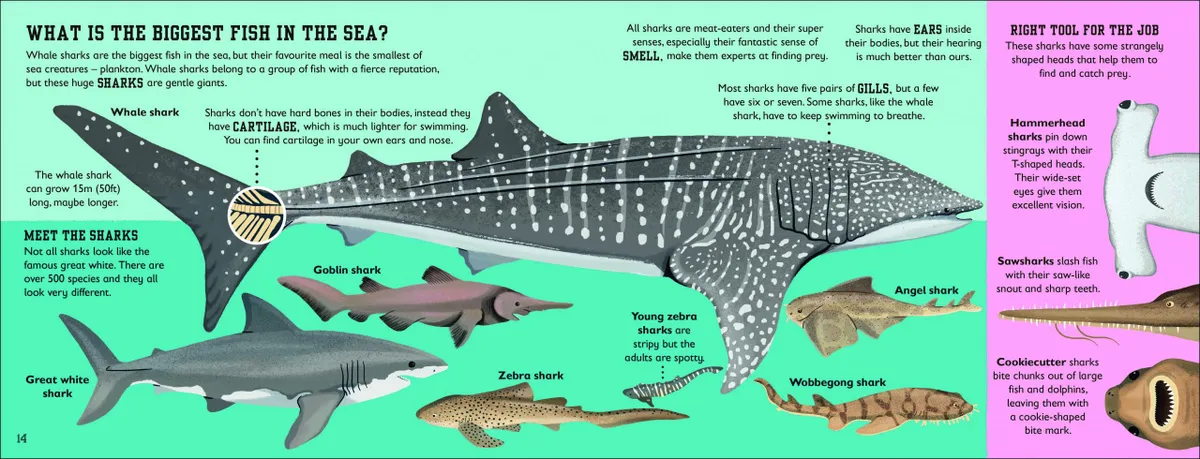
But who cares what I thought? Over to my focus group of two eight-year-old children (at the older end of the target readership): “Some of it is a bit obvious,” said one (well, she did grow up watching Octonauts, after all), “but most of it is very interesting.” Her favourite fact was that zebra sharks have spots, not stripes. Meanwhile, it kept her brother completely quiet for a whole 18 minutes. As a parent, what more could you ask for?
Reviewed by Stuart Blackman, science writer
10 Reasons to Love ... a Penguin/Turtle/Lion/Bear/Elephant
By Catherine Barr, illustrated by Hanako Clulow. Published by Frances Lincoln Publishers. Age range: 3-6 years
- Buy now from Amazon
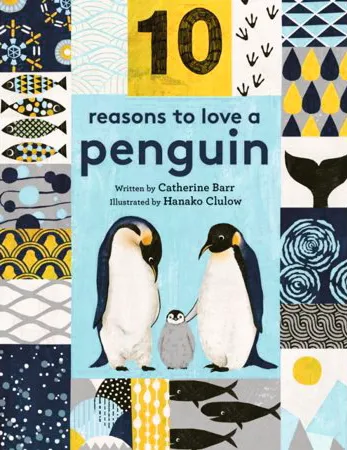
Delightful illustrations in these titles gently entice children into the world of their animal subjects. The concept of this established series is neat: each spread celebrates an enchanting dimension in the life of these charismatic creatures, pairing the artwork with a paragraph or two of succinct text.
Young readers learn, for instance, that penguins have salty sneezes and burrow into their own poo, and that lions ‘flip’ porcupines and are partial to catnaps. They’re then primed with relevant ways to ‘show their love’, from researching green energy to sponsoring a wildlife charity.
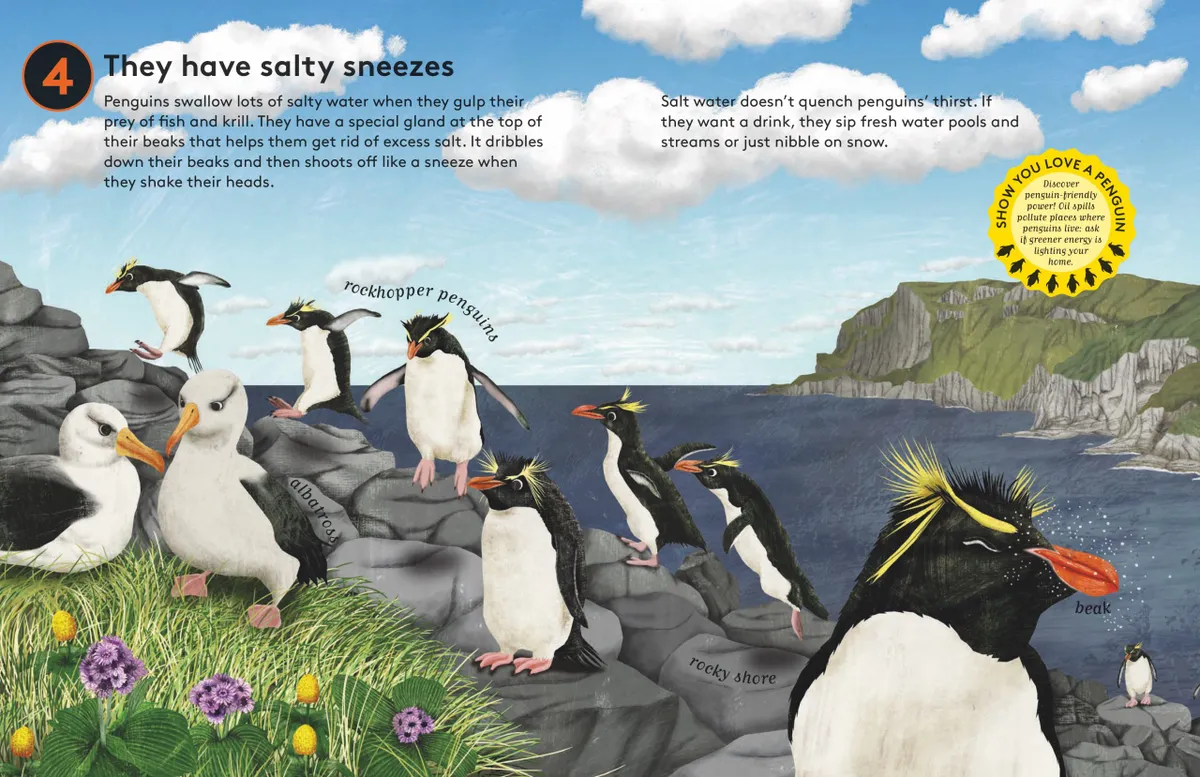
The text occasionally overgeneralises to the point of inaccuracy (South Africa is hardly ‘near’ Antarctica), and undue artistic licence is sometimes taken (Adélie penguins have black bills, not red), but these are minor quibbles
Reviewed by James Lowen, wildlife writer
The Coral Kingdom
By Laura Knowles, illustrated by Jennie Webber. Published by Words & Pictures. Age range: 5-7 years
- Buy now from Amazon

This beautifully illustrated book will be pulled off the shelf time and time again, artfully combining rhythmic verse for younger listeners with interesting and accurate content to keep older children engaged. Flipping through the pages is rather like floating over a real reef, with colourful new vistas and different species at every turn.
The huge cast of both familiar and lesser-known reef characters is introduced on the inside covers, adding a puzzle dimension to the book as you search for the royal blue tang, star coral and cone snail.
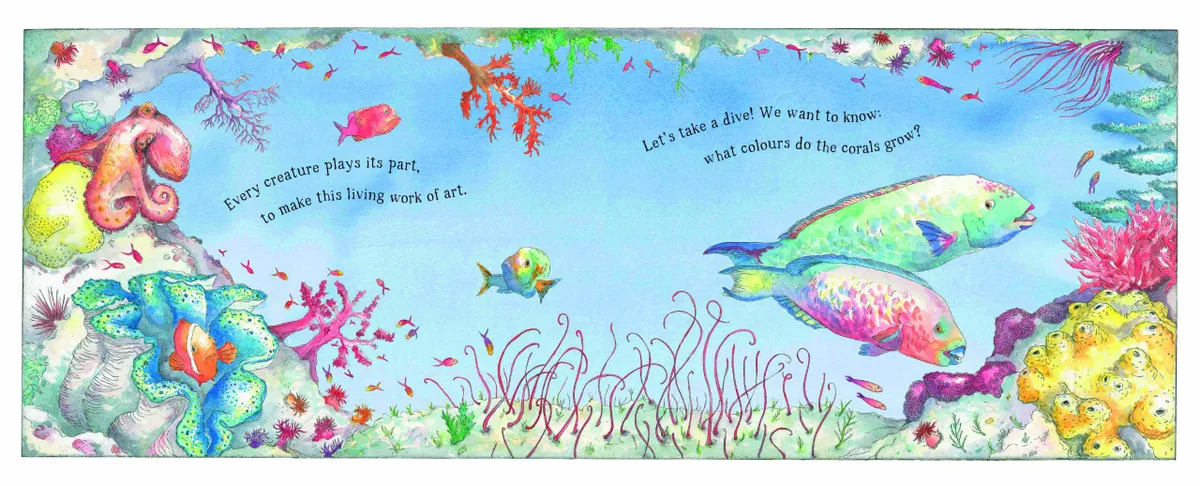
Though it ends with a strong ecological message about coral bleaching, featuring key facts and the actions we can all take to safeguard the sea, it first and foremost immerses children in the colourful, diverse and fascinating world of the coral reef.
Reviewed by Sue Ranger, engagement and education manager, Marine Conservation Society
The Big Book of the Blue
By Yuval Zommer. Published by Thames & Hudson. Age range: 3-5 years
- Buy now from Amazon
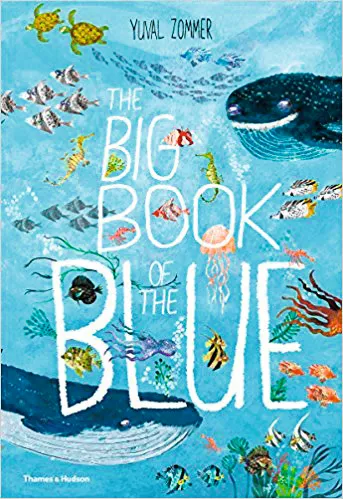
In this lively follow-up to Zommer’s previous Big Books of Beasts and Bugs, kids are encouraged to think about how sea creatures communicate, swim and eat.
They’ll learn how anglerfish use dangling lights to lure prey; how the flattened tails of sea snakes power them through the water; and how seahorses grip seaweed with their tails. Minor inaccuracies aside (‘humpbacks’ are clearly sperm whales), this is a colourful treat for youngsters.
Reviewed by Paul Bloomfield, freelance writer